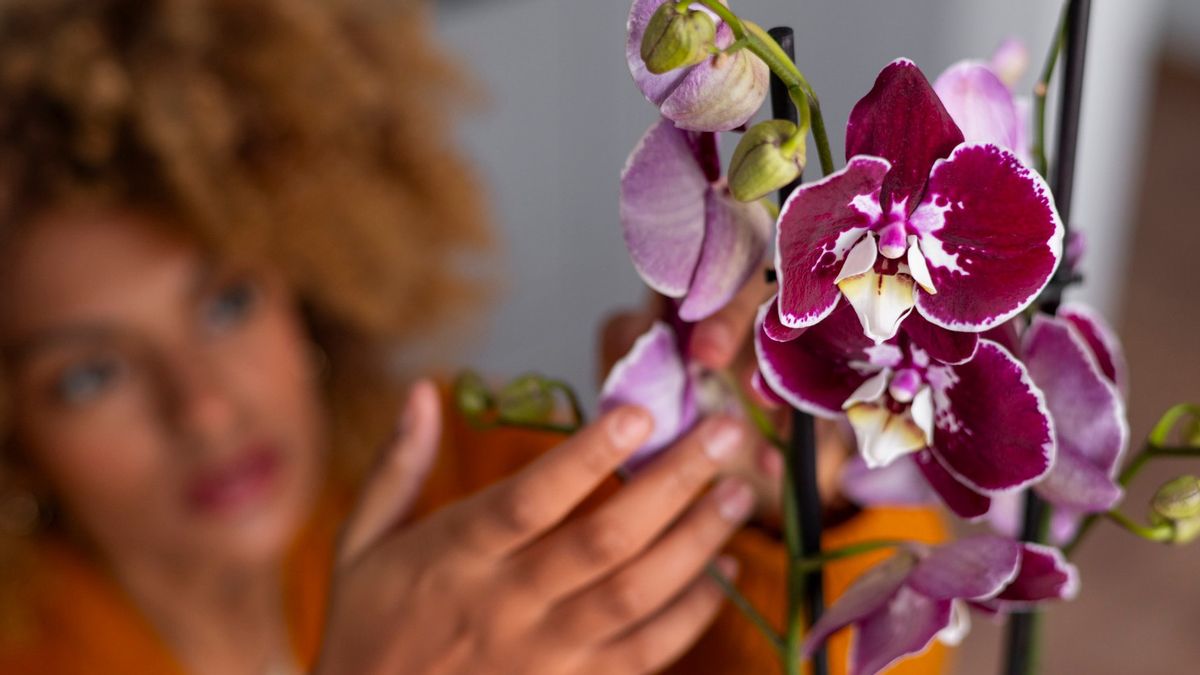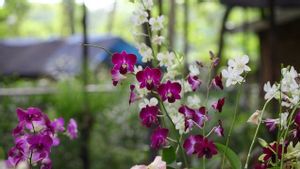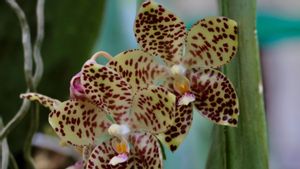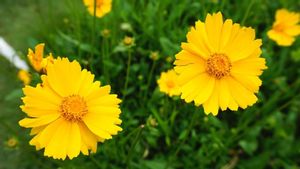YOGYAKARTA 'Eggrek is a monocotyl plant that has beautiful and exotic flowers. If you have a large collection of orchids, of course there is a lot of research on how to propagate these plants. How to depend on the type of orchid plant. For the sympodial type, the propagation steps will be different monopodially.
Propagation is the propagation of plants carried out by cutting certain parts of the plant, such as live roots, back tubers, and keikis. Sympodial growth is the most common type in orchid plants. The shape is similar to the growth of branches starting from tubers and ponds.
Sympodial orchids include CATtleya and Oncidium. Both produce krimpang in the form of pseudobulbs. Launching The Spruce, Friday, March 29, pseudobulb is part of the thickened stem that stores food and water. Then there will appear shoots on the tips, sides, or bases as the origin of new growth. Orchids of this type, can be reproduced by dividing and planting their tubers.
Monopodial orchids such asphaenopsis and vanda are growing high every year from the central trunk. Leaves grow alternately in two rows on the side of the stem opposite to flower nails and air roots appear at the intersection of leaves to stems. To multiply the type of monopodial orchid plant, by planting air roots in the planting medium.
Whatever method is used to propagate or increase plants, you have to wait for the flower's bloom cycle to finish. But it must be done before prepotting or updating the planting medium. Unless keiki or babi orchid plants appear first on flowering stems. In this case, new growth can be eliminated and planted in their own pots.
Simpodial types of orchids are ready to be propagated, when the plants exceed the size of the pot. Especially when young pseudobulbs start producing roots. Before starting the propagation, make sure the orchids are in a clean environment. How, clean and sterilize the flat surface to work on or do propagation.
Then prepare the equipment, namely a small knife or sickle and spray bottle. The ingredients that need to be prepared include pots, planting media, and fungicides as options.
SEE ALSO:
Sharing or propagating plants is quite an easy method to do, especially for sympodial-type orchid plants. First, family of sympodial orchids from the pot. Turn the pot and hold the base of the plant. Get the plant out of the pot slowly so it doesn't damage pseudobulbs and roots.
Second, check pseudobulb and its roots. For larger orchid plants, these two parts may be like jungles or tangled roots. But find the main rhympang at the base of the main stem. Shempang which shows active growth and has stems with growing leaves and pseudo tubers.
Third, cut the young pseudobulb using a sterile cutting device. If the roots are still there, it's okay to cut them slightly but keep the strongest. Shelters without roots are usually found on the outside of the pot or away from the main stem. Set aside to be propagated but choose the older shear with one or two eyes.
Next, sterilize the used parts that are cut. Although this is optional, keep in mind that a sterile surface increases the success of propagation. Put the plant from pseudobulb on a new planting medium. Place it in a pot and place it in a place exposed to indirect light and a little spray water on the pool every day but always check the moisture. Don't let it get too moist so that the roots don't rot.
Keiki is more often found in monopodial orchids, but for dendrobium or sympodial types, keiki is also found. Kiki propagation, in principle, is the same as the propagation of the pseudobulb RIP type. However, it takes 1-3 years until new plants can flower.
Keiki or baby orchids grow along the main stems. Usually grow on the planting medium and often appear as new flowers but don't bloom and instead grow roots. Cut the keiki with a sharp and sterile cutting tool. The place to cut it, on the main trunk above the keiki intersection and under the longest roots. Cutting should be done until the keiki has 3-4 roots.
Don't forget to take care of the cut surface. Give fungicides so they don't get moldy or be attacked by insects. Place keiki in a small pot with a smooth orchid planting medium. Keep planting media moist but avoid watering excessively. Warm temperatures, high humidity, and indirect light will help baby orchids thrive.
The above is a way of propagating orchid plants by type. Your orchid collection at home, which type? If you start to appear keiki or pseudobulb with some roots, prepare for propagation.
The English, Chinese, Japanese, Arabic, and French versions are automatically generated by the AI. So there may still be inaccuracies in translating, please always see Indonesian as our main language. (system supported by DigitalSiber.id)


















